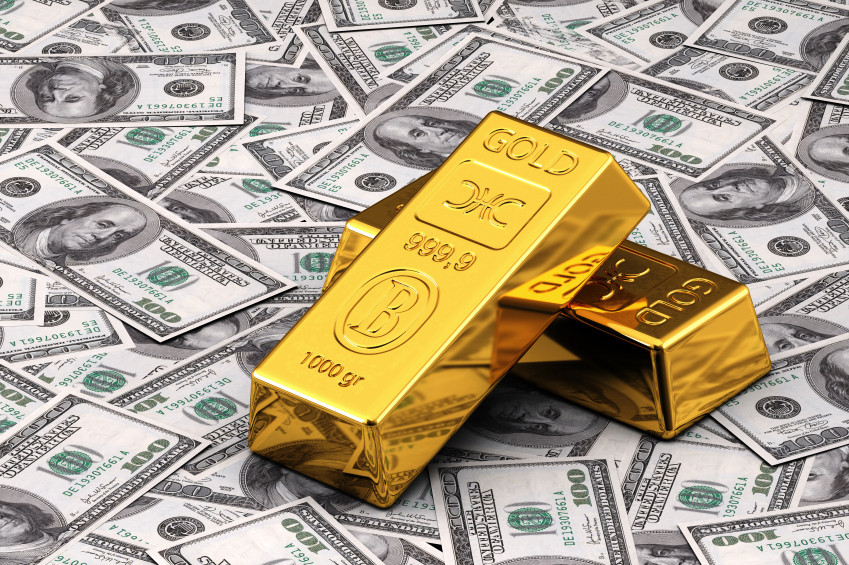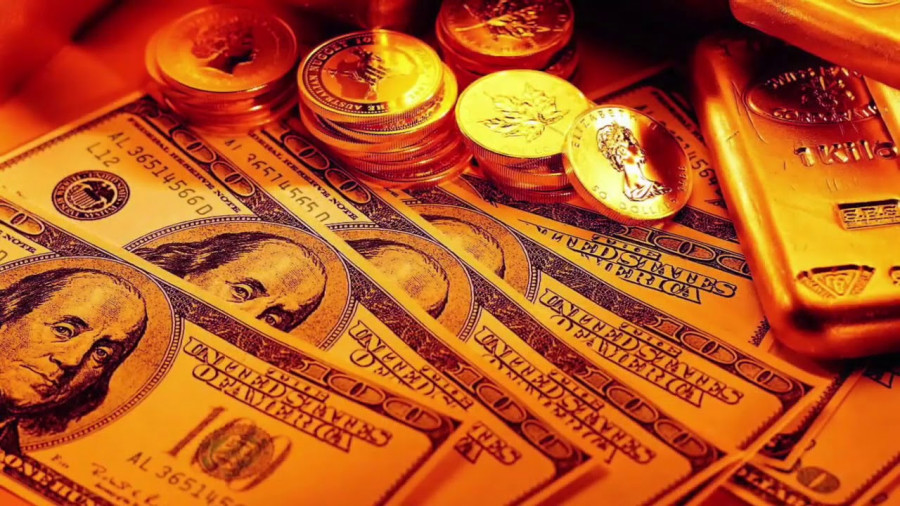Gold prices are poised for further gains as they capitalize on heightened geopolitical tensions. In the current environment, gold continues to climb, reaching new highs and overcoming various obstacles.
Investors are increasingly turning to gold as a safe-haven asset, driven by fears of an escalating trade war. Additional support for gold prices comes from expectations that the Federal Reserve will cut interest rates and the persistently low U.S. Treasury yields.
After a minor dip on Thursday, February 6, gold regained positive momentum and remained near its historical peak on Friday, February 7. Earlier this week, gold reached a record high of $2,882 per ounce, fueled by uncertainty surrounding U.S. President Donald Trump's tariff policies. On Friday, February 7, gold was trading at $2,861, trying to push even higher.
Geopolitical and Economic Drivers Supporting Gold
The escalating trade tensions between the U.S. and China, along with concerns about the potential negative consequences of Trump's aggressive trade policies, are increasing demand for safe-haven assets like gold. This demand has pushed gold prices closer to record highs, gaining momentum ahead of the U.S. Nonfarm Payrolls (NFP) report.
Market expectations that the Fed will continue cutting rates in 2025 are keeping U.S. Treasury yields at low levels. However, rather than attracting large buyers for the dollar, this low yield environment has provided further support for gold prices. The benchmark 10-year U.S. Treasury yield has dropped to its lowest level since December 12, 2024, amid anticipations that the Fed will implement two rate cuts by the end of 2025. This sentiment remains favorable for gold.
Technical Outlook: Gold (XAU/USD)
The technical chart indicates that the recent overnight rebound and subsequent price increase confirm a short-term bullish outlook for gold. However, the Relative Strength Index (RSI) suggests that the market is slightly overbought, which advises bullish traders to proceed with caution. Experts recommend waiting for a period of short-term consolidation before expecting a continuation of the uptrend.
According to the technical chart, the $2855 horizontal zone, along with the overnight low near $2834, will serve as short-term support for gold. Below this, the $2815-$2714 range is also a key area to watch. Additionally, the $2800 mark is significant; a breakthrough could trigger technical selling. In such a scenario, the XAU/USD pair may pull back to the resistance breakout point at $2773-$2772. This level coincides with the weekly low, and a strong breakout could lead to a more significant correction.
Citi Research Raises Gold Price Forecasts for 2025
Amid the current market conditions, Citi Research has improved its short- and medium-term gold price forecasts for 2025, citing trade wars and geopolitical tensions linked to Trump's administration. Additionally, central bank gold purchases have also contributed to the revised outlook.
In their latest report, Citi analysts raised their three-month gold price forecast from $2,800 to $3,000 per ounce. For 2025, analysts expect gold to reach $2,900 per ounce.
"It appears that under Trump 2.0, the gold bull market will gain momentum as trade wars and geopolitical uncertainty drive further reserve diversification and dedollarization. Additionally, these factors support gold demand in the official sector across emerging markets," Citi Research emphasized.
U.S. Jobs Data Could Impact Gold and Dollar Demand
Market participants are waiting for the release of the U.S. Nonfarm Payrolls (NFP) report. Preliminary forecasts indicate that 170,000 jobs were added in January, a decline from 256,000 in the previous month. Meanwhile, the unemployment rate is expected to remain around 4.1%. These figures are crucial for shaping the Fed's monetary policy outlook and influencing both dollar demand and gold price dynamics.
The ongoing trade conflict also significantly affects gold prices. This week, former President Trump imposed an additional 10% tariff on all Chinese imports. In response, China quickly implemented retaliatory tariffs on U.S. imports, effectively reigniting the trade war between the world's two largest economies. Beijing introduced tariffs on specific U.S. goods, indicating a new phase in the trade conflict, which further supports elevated gold prices.














